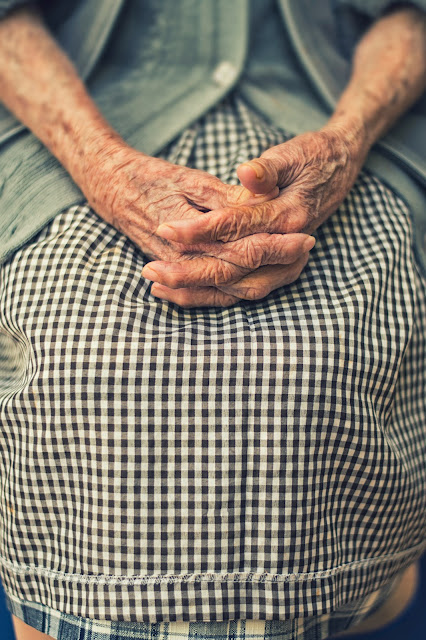Vein disease is a common health condition that affects many people, particularly the elderly. As we age, our bodies undergo changes that can make us more susceptible to developing vein disease. This could be due to a combination of factors such as decreased mobility, weakened vein walls, and lifestyle habits.
In this guide, we will discuss what vein disease is, its causes and symptoms, and how it can be treated in the elderly.
Understanding Vein Disease
Vein disease, also known as venous insufficiency or chronic venous insufficiency, is a condition where the veins in the body are unable to properly transport blood back to the heart. This happens when the valves in the veins become damaged or weakened, causing blood to pool and flow in the wrong direction.
This can lead to a variety of symptoms including leg swelling, pain and discomfort, varicose veins, and skin changes such as discoloration and ulcers. If left untreated, vein disease can also increase the risk of blood clots and other serious health complications.
Causes of Vein Disease in the Elderly
Several factors contribute to the development of vein disease in the elderly. These include:
● Age: As we age, our veins naturally become weaker and less elastic, making them more prone to damage and disease.
● Lifestyle Habits: Poor diet, lack of exercise, and prolonged periods of sitting or standing can all increase the risk of developing vein disease.
● Family History: Vein disease may also have a genetic component, so if you have a family history of this condition, you may be more likely to develop it as well.
Signs and Symptoms
Signs and symptoms of vein disease can vary from person to person, but some common ones that elderly individuals should watch out for include:
● Swelling: This is often the first sign of vein disease, where fluid accumulates in the legs and ankles due to poor circulation.
● Pain and Discomfort: Vein disease can cause aching, heaviness, and cramping in the legs, especially after prolonged periods of sitting or standing.
● Varicose Veins: These are enlarged, twisted veins that usually appear blue or purple. They can be a cosmetic concern as well as a symptom of underlying vein disease.
● Skin Changes: As vein disease progresses, the skin on the legs may become discolored, thickened, or even develop open sores or ulcers.
If you experience any of these symptoms, it is important to consult with your healthcare provider for proper diagnosis and treatment.
Treatment Options
Treatment for vein disease in the elderly will depend on the severity of the condition and individual health factors. Some options that may be recommended include:
● Lifestyle Modifications: Simple lifestyle changes such as regular exercise, a healthy diet, and avoiding prolonged sitting or standing can help improve circulation and manage symptoms.
● Compression Therapy: Wearing compression stockings can help support the veins and prevent blood from pooling in the legs.
● Sclerotherapy: This is a minimally invasive procedure where a medication is injected into the affected veins to close them off and redirect blood flow.
● Surgery: In more severe cases, surgery may be necessary to repair damaged veins or remove varicose veins that are causing significant symptoms or complications.
It is important to consult with a healthcare professional in Tulsa or elsewhere before starting any treatment plan for vein disease. They can help determine the best course of action based on your individual needs and health status.
Prevention Tips
While not all cases of vein disease can be prevented, there are some steps that elderly individuals can take to reduce their risk:
● Stay Active: Regular physical activity helps improve circulation and keep the muscles in the legs strong.
● Maintain a Healthy Weight: Excess weight can put added pressure on the veins and increase the risk of developing vein disease.
● Elevate Your Legs: If you must sit or stand for long periods, try to elevate your legs whenever possible to improve blood flow.
Conclusion
Vein disease is a common condition that can have significant impacts on the elderly. By understanding its causes, symptoms, and treatment options, as well as taking steps to prevent it, you can help maintain your vein health as you age. Remember to consult with a healthcare professional for personalized advice and treatment recommendations. With proper care, you can manage vein disease and maintain an active and healthy lifestyle in your golden years.

